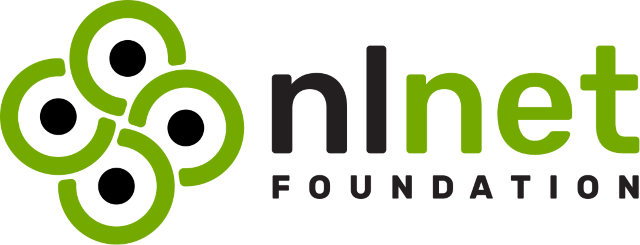# Topola
[Topola](https://topola.dev) is a work-in-progress interactive
topological router for printed circuit boards (PCBs) in Rust.
## Chat
Join the official [Matrix
chatroom](https://matrix.to/#/%23topola:tchncs.de) or [IRC
channel](https://webchat.oftc.net/?channels=#topola) to talk with the
developers. Both chatrooms are bridged, so it does not matter which one
you join.
## Installation
To install Topola, follow our [Installation guide](INSTALL.md).
## Contributing
*Anyone* can contribute to Topola, including you. If you want to help us
out, please follow our [Contribution guide](CONTRIBUTING.md).
The easiest way to contribute is by reporting issues on our
[issue tracker](https://codeberg.org/topola/topola/issues). If you know any
language other than English, you can help by translating Topola on
[Codeberg's Weblate](https://translate.codeberg.org/engage/topola/).

Our official repository is on
[Codeberg](https://codeberg.org/topola/topola). We also have a mirror
repository on [GitHub](https://github.com/mikwielgus/topola).
## Licence
Topola is licensed under the [MIT licence](LICENSES/MIT.txt). Files present in
the `assets/` directory are dual-licensed as under MIT or
[Creative Commons Attribution 4.0 International](LICENSES/CC-BY-4.0.txt)
licence. The file `crates/planar-incr-embed/src/math.rs` is dual-licensed as under
MIT or [Apache 2.0](LICENSES/Apache-2.0.txt) licence.
## Acknowledgements
This project is funded through the NGI0 Entrust Fund, a fund established by
NLnet with financial support from the European Commission's Next Generation
Internet programme, under the aegis of DG Communications Networks, Content and
Technology under grant agreement No 101069594.

 ## Gallery







## Gallery







